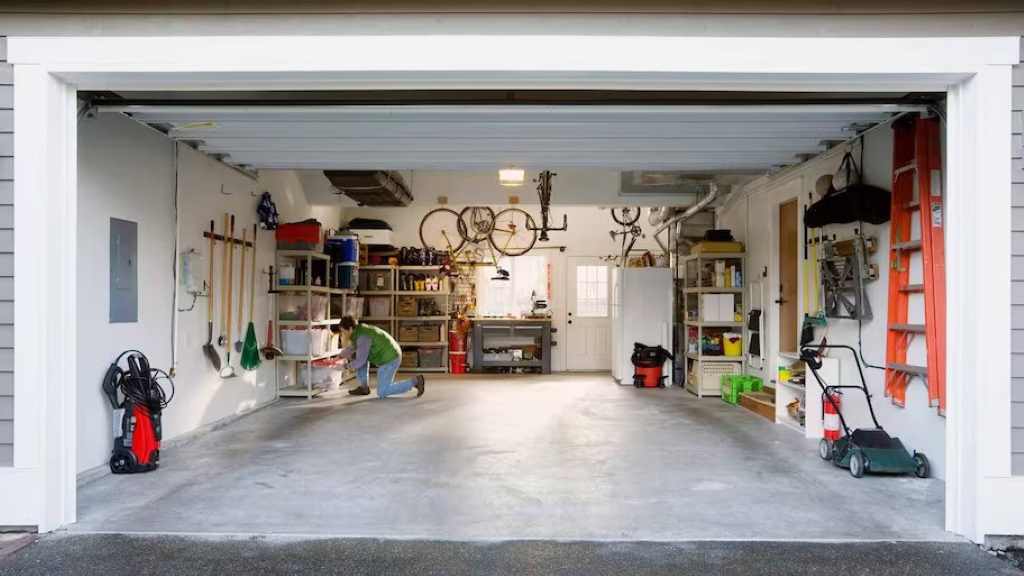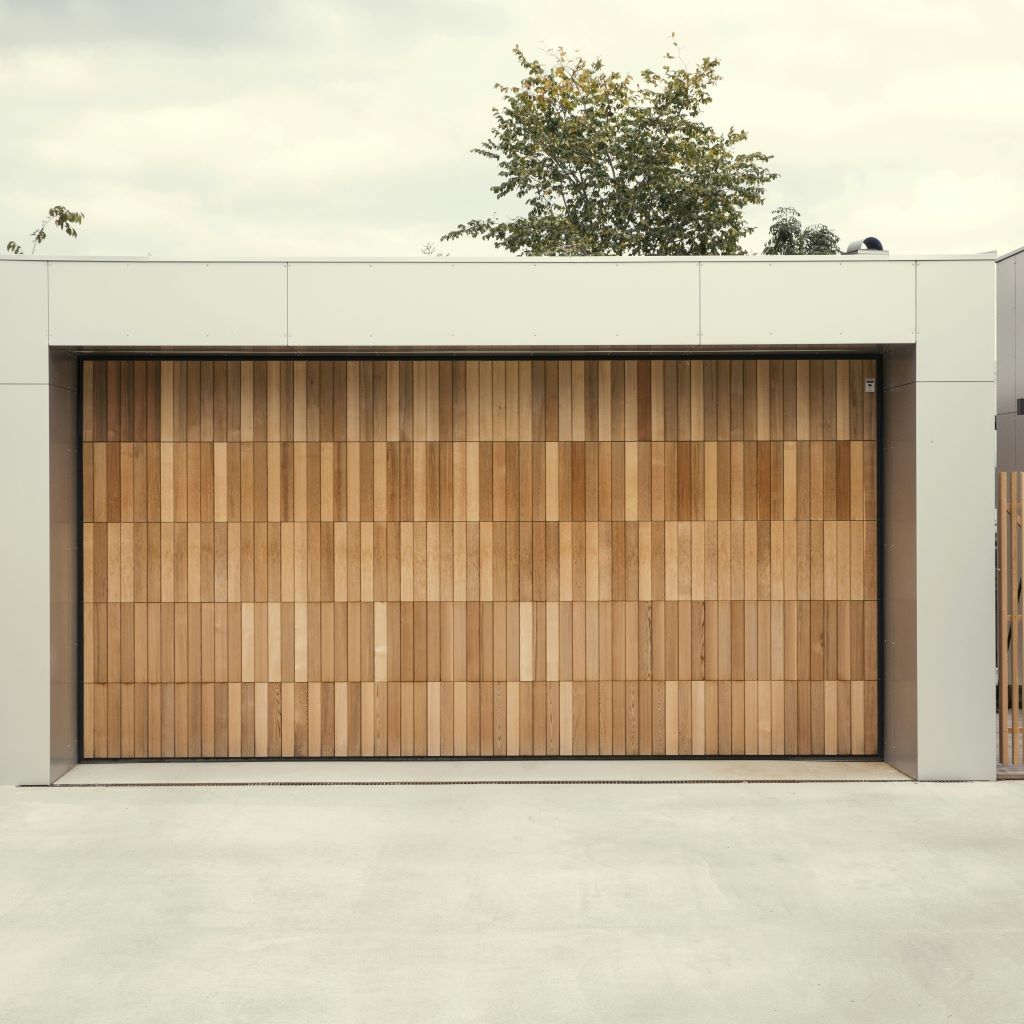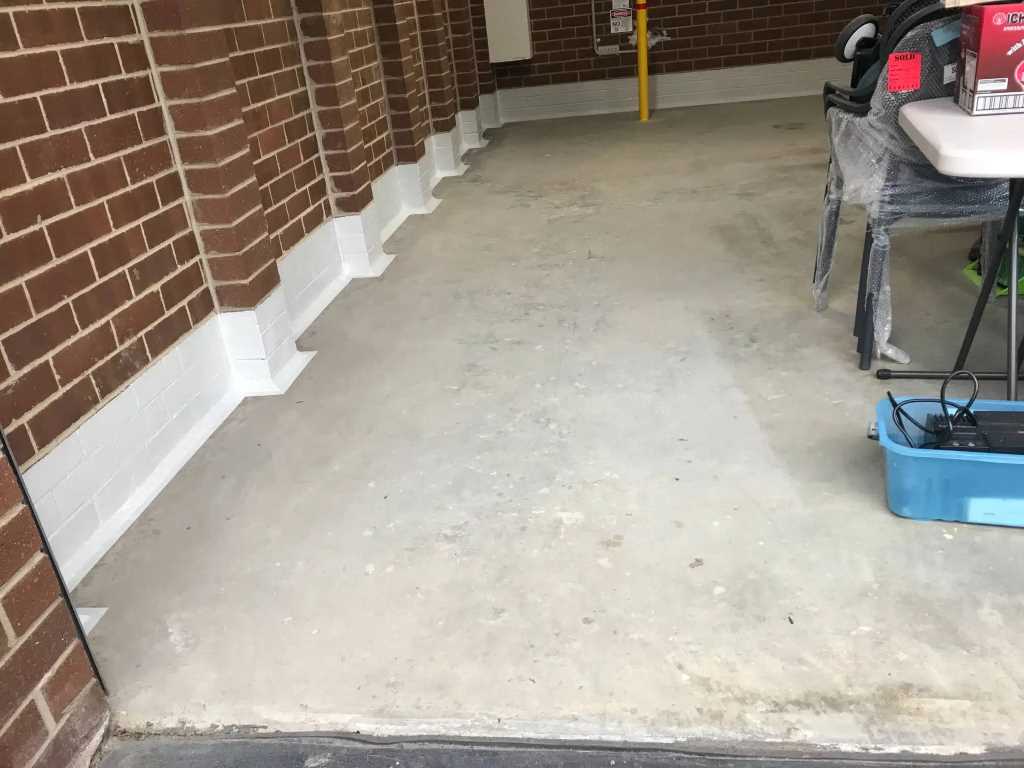If you’re planning to build or modify a garage, the dimensions of a one-car garage are essential to ensure your vehicle fits comfortably while leaving space for storage and maneuverability. This guide explores the standard sizes, factors influencing dimensions, and tips to optimize your garage space.
Standard One-Car Garage Dimensions
While garage sizes can vary, a standard one-car garage typically measures:
- Width: 8 to 10 feet wide
- Length: 18 to 20 feet long
- Height: 7 to 8 feet high (minimum), with some taller garages offering 9 feet or more
These dimensions accommodate most cars, SUVs, and small trucks. However, larger vehicles or those with roof racks might require more clearance. When considering a 2 car garage square footage, it’s essential to account for the additional space needed. Explore more to ensure you have enough room for all your vehicles and storage needs.
Factors Affecting Garage Dimensions
Several factors can influence the ideal size of your one-car garage:
- Vehicle Size: The make and model of your car, SUV, or truck significantly impact the needed space. Larger vehicles necessitate wider and longer garages.
- Storage Needs: If you plan to store tools, bicycles, or other items in your garage, you’ll need additional space. Consider how much storage you require and factor it into the dimensions.
- Maneuverability: Leaving room to open car doors comfortably and walk around the vehicle is crucial. Aim for a garage wide enough to allow easy movement.
- Local Regulations: Building codes in your area might dictate minimum or maximum garage sizes. Check with your local authorities to ensure compliance.
- Accessibility: If your garage has a sloped driveway or limited access, consider how that affects the size and layout.
Related: Why My Garage Door Jerks When Opening and Closing
Optimizing Your One-Car Garage Space
Maximizing the functionality of a one-car garage involves careful planning:
- Door Placement: Consider the placement of your garage door and how it impacts vehicle positioning and movement.
- Storage Solutions: Utilize vertical space with shelving units, overhead racks, or wall-mounted organizers to free up floor space.
- Lighting: Adequate lighting is essential for safety and convenience. Install bright and well-placed lights throughout the garage.
- Ventilation: Proper ventilation prevents moisture buildup and maintains a comfortable environment. Consider adding vents or windows.
- Insulation: Insulating your garage can regulate temperatures, protect belongings, and potentially save energy.
Beyond the Standard: Additional Considerations
- Two-Car Garage vs. One-Car Garage: If you anticipate owning multiple vehicles or need substantial storage space, a two-car garage might be a better option.
- Carport Alternative: If your budget is limited or local regulations restrict garage construction, a carport can provide basic shelter for your vehicle.
- Custom Garages: For unique needs or preferences, consider a custom-built garage with tailored dimensions and features.
Conclusion
Determining the ideal size for your one-car garage involves balancing vehicle size, storage needs, maneuverability, and local regulations. By understanding the standard dimensions and optimizing your space, you can create a functional and practical garage that meets your requirements. Remember, careful planning and consideration of all factors ensure a garage that serves your needs for years to come.
Let me know if you’d like any other sections added or expanded!






